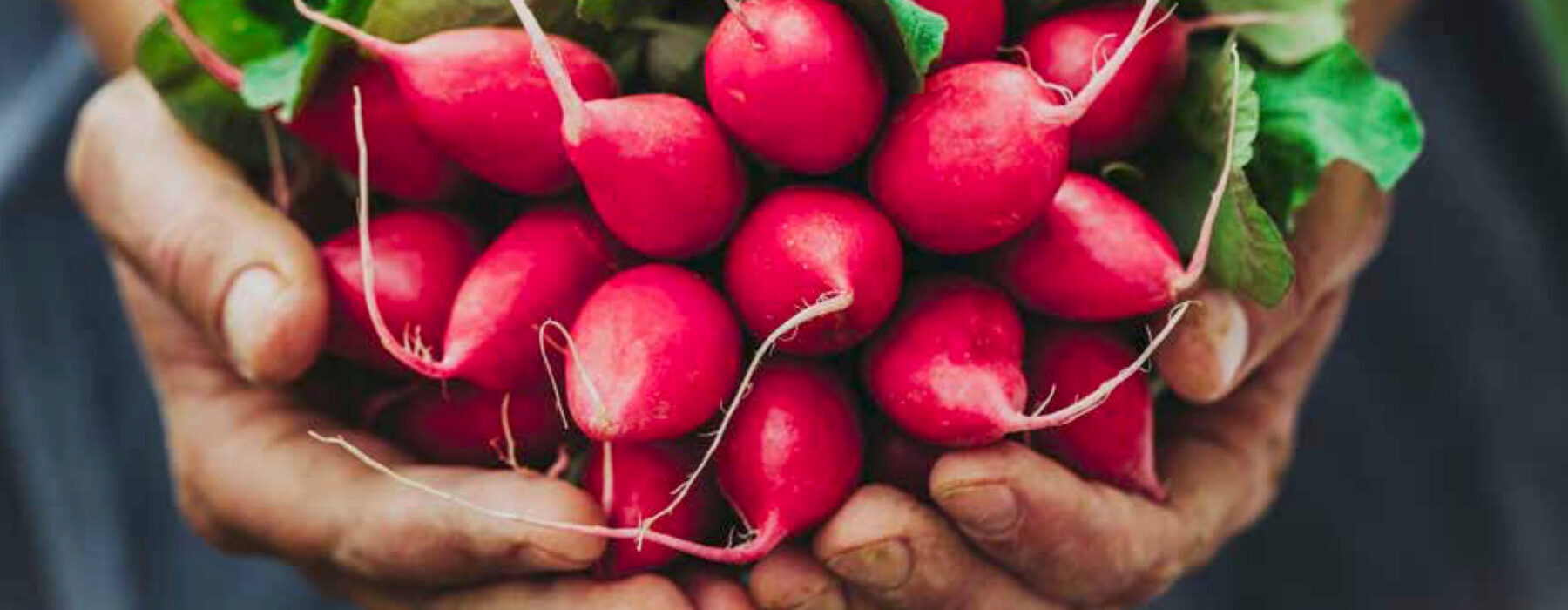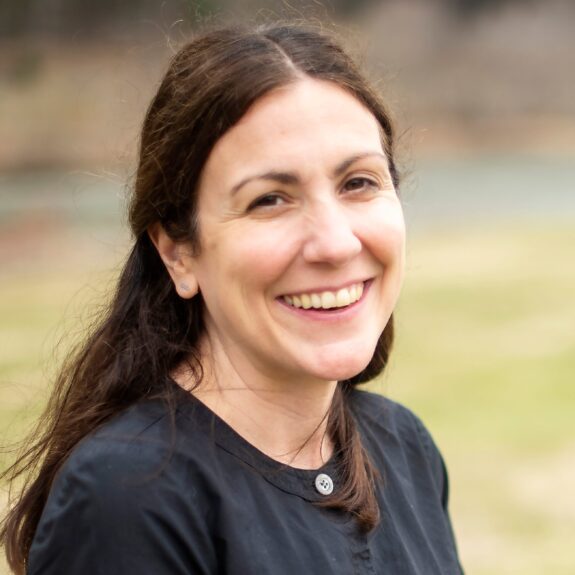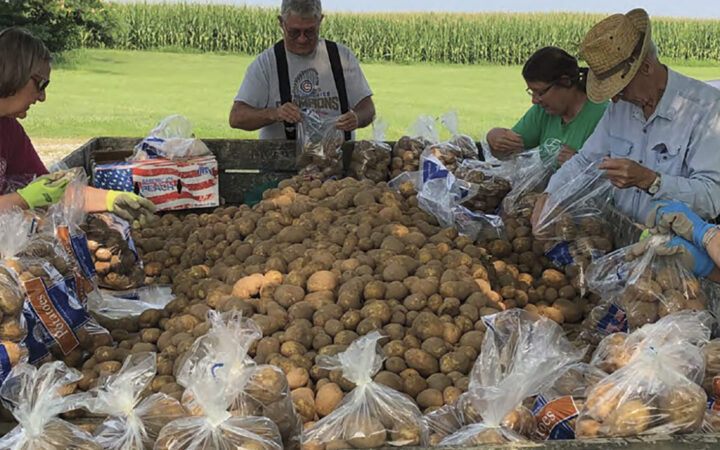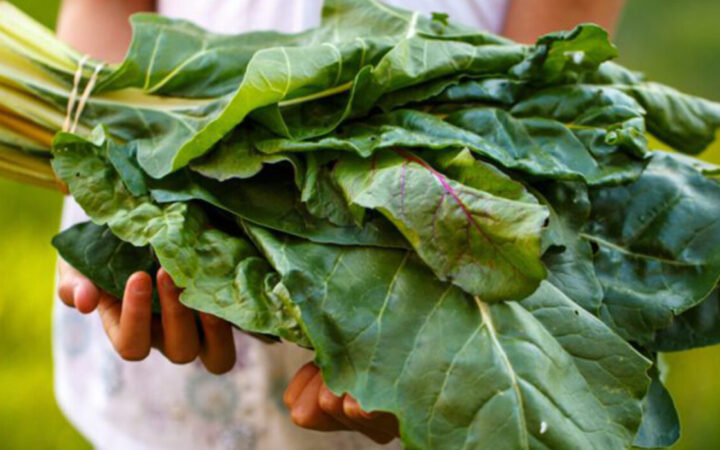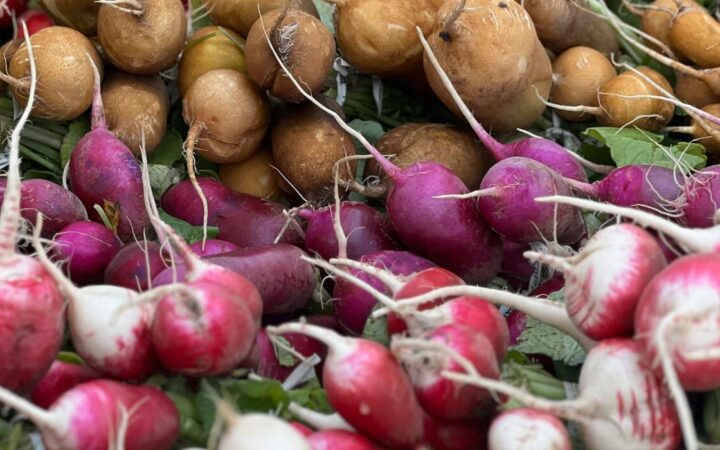This report highlights the innovative work of gleaning and fresh food recovery organizations in the U.S. and describes different organizational models, collaborative efforts, and examples of successful initiatives.
Introduction
Nationally, gleaning and fresh food recovery organizations are growing in number and strength, providing their communities with healthy and sustainable foods. The National Gleaning Project (the Project) is a multi-year initiative of the Center for Agriculture and Food Systems (CAFS) at Vermont Law School sponsored by the National Agricultural Library, a part of the United States Department of Agriculture’s Agricultural Research Service. Generally, the Project aims to address law and policymaking related to gleaning and fresh food recovery as a means of reducing food waste, incentivizing and/ or remunerating farmers for agricultural surplus, increasing food donations to charitable organizations devoted to food insecurity, and supporting local economies. In addition to these issues, the Project also seeks to serve as a hub of legal and other information, including best practices and innovative enterprises, developed by our gleaning partners. Through the creation of centrally located resources, the Project elevates the practice of gleaning as a valuable model for food waste reduction, community development, and social justice for the food insecure.
Despite the growing support for the practice of gleaning, few outside the agricultural and local food policy sectors can define the term. Within communities that recognize and support gleaning, the terms gleaning and food recovery are often conflated. The Environmental Protection Agency (EPA) suggests that there are essentially four different types of food recovery that occur in the United States: (1) field gleaning; (2) wholesale produce salvage; (3) perishable and prepared food rescue; and (4) non-perishable food donations, collection, and recovery. Field gleaning is defined as the “collection of crops from farmers’ fields that have already been mechanically harvested or where it is not economically or logistically feasible to field harvest. It can also include the collection of already harvested food at packing sheds.” The United States Department of Agriculture (USDA), however, uses a broader definition of gleaning, suggesting that it is “the act of collecting excess fresh foods from farms, gardens, farmer’s markets, grocers, restaurants, state/county fairs, or any other sources in order to provide it to those in need.”
Many advocates argue that gleaning and food recovery, while related, are separate and distinct. Specifically, both practices consist of the collection of surplus crops or food,
but for some advocates, gleaning involves a relationship with the farmer who has grown or produced the food, whereas food recovery does not. Regardless of the specific definition of gleaning one chooses to adopt, the main intent of the practice is to recover surplus food for distribution to food insecure populations, meaning there is a charitable dimension to the act. This Project adopts a definition of gleaning that involves the harvesting of a donated agricultural product, in accordance with the Bill Emerson Good Samaritan Food Donation Act.
As part of its initial phase, the Project developed an online gleaning resources hub. The hub includes a catalogue of state and national laws and regulations pertaining to gleaning and fresh food donation, a comprehensive directory and map of gleaning and food recovery organizations across the U.S., individualized gleaning liability fact sheets per state, and additional web-based resources on a variety of legal and non-legal issues associated with gleaning and food recovery practices. The gleaning resources hub is a living resource, intended to be periodically updated and to evolve as organizations begin to share information and additional resources become available. This report serves an integral function, as it highlights the innovative work of gleaning and fresh food recovery organizations from around the country to provide background on organizational models, collaborative efforts, and examples of successful initiatives that may provide useful models.
Acknowledgements
This report was made possible through the contributions of many individuals. The authors would especially like to thank Laurie Ristino, Director of the Center for Agriculture and Food Systems for her oversight and guidance, and our partner, the National Agricultural Library, of the United States Department of Agriculture, Agricultural Research Service.
The authors would also like to express their deepest respect and gratitude for the national and regional organizations interviewed for and featured in this report. Without you, this resource would not be necessary or possible. We thank you for your work and dedication to help address the pressing issue of food insecurity by connecting farmers, communities, and businesses with individuals in need, and for your role in supporting stronger local food systems.
The National Gleaning Project’s work would not be possible without the dedicated efforts and insights from many people in the gleaning and food recovery community, including those listed below who took the time to share with the Project team about their organization, successes, challenges, and insights into the gleaning movement:
- Elise Bauman, Executive Director, Salem Harvest (OR)
- Jeralyn Beach, Food Resource/Produce Specialist, and Thomas Melton, Community Harvest Coordinator – AmeriCorps VISTA, Greater Pittsburgh Community Food Bank, Pittsburgh (PA)
- Bobbi Boos, Garden & Gleaning Program Coordinator, Hoosier Hills Food Bank (Bloomington, IN)
- Rebecca Brislain, Executive Director, Florida Association of Food Bank (FL)
- Karen Byer, Communications Manager, Bread for the City (DC)
- Duck Caldwell, Executive Director, Boston Area Gleaners
- Janny Chappell, Local Produce Coordinator, Inter-Faith Food Shuttle
- Christy Claybaker, Community Engagement Coordinator, Dan Bohannon, Retail Recovery Director, Jolene Thompson, Volunteer Services Coordinator, Ozarks Food Harvest
- Chris Cummings, Operations Director, Backyard Harvest (Moscow, Idaho)
- Hana Dansky, Executive Director, Boulder Food Rescue
- Craig Diserens, Executive Director, Village Harvest (CA)
- Lynn Figone, Executive Director, Ag Against Hunger (CA)
- Diana Foss, Director of Urban Gleaners (OR)
- Hannah Grose, Adams County Coordinator, The Gleaning Project of South Central Pennsylvania (Adams and Franklin Counties, PA)
- Kristina Guttadora, Executive Director/Farmers Against Hunger Program Director, New Jersey Agricultural Society
- Lisa Hodaei, Deputy Director – Food Acquisition, Philabundance, Greater Philadelphia Food Bank (PA)
- Susan James, Linn Benton Food Share Coordinator (OR)
- Katy Kolker, Executive Director, Portland Fruit Tree Project (OR)
- Emily Larson, Senior Programs Manager, and Francis “Country” Moczygemba, Pearsall Packing Shed Manager, San Antonio Food Bank (TX)
- Steve Linkhart, Director of Farm to Family, California Association of Food Banks
- Jen Miller, Director of Programs, Food Bank Coalition of San Luis Obispo County and Susan Singley, GleanSLO program manager
- Max Morange, Agricultural Programs Coordinator, Bellingham Food Bank (Bellingham, WA)
- Gary Oppenheimer, Executive Director, AmpleHarvest.org (National) & Emily Fulmer, Grower Outreach Coordinator, AmpleHarvest.org
- Nancy Perry, Food Sourcing Manager and Project Director, Mainers Feeding Mainers – Good Shepherd Food Bank (ME), and Kristen Miale, President, Good Shepherd Food Bank (ME)
- Benjamin Rasmus, Program Director, Harvest Against Hunger (Washington)
- Christine Rivera, Nutrition Manager, and Melody Chan, Produce Engagement Coordinator, Feeding America
- Christy Porter, Executive Director, Hidden Harvest (CA)
- Sasha Purpura, Executive Director, Food for Free
- Stacey Purslow, Executive Director, NH Farm to School
- Hannah Semler, Gleaning Coordinator at Healthy Acadia (ME)
- Alexa Senter, Backyard Bounty Coordinator, Foodbank of Santa Barbara County (CA)
- Lisa Sisson, Director and Founder, Heartside Gleaning Initiative (Grand Rapids, MI)
- Theresa Snow, Executive Director, Salvation Farms (VT)
- Sharon Thornberry, Community Food Systems Manager, Oregon Food Bank
- Mike Waldmann, Executive Director, Society of St. Andrew (National)
- Michelle Wallace, Program Director, and Chris Meehan, Chief Community Impact Officer, Vermont Foodbank (Barre, VT)
- Priscilla Wentworth, Food Programs Coordinator, and Christine Bergmark, Executive Director, Southern Maryland Agricultural Development Commission (SMADC) on the Hub and Spoke Program
- Jami Willard, Agriculture Acquisition Representative, Mid-Ohio Foodbank (OH)
- Stephanie Wooten, Executive Director, GleanKY (KY)
- Amir Zambrano, Operations Director, Food Forward (LA and Ventura Counties, CA)
The authors would also like to thank Rebecca Valentine, former Program Officer of the Center for Agriculture and Food Systems, for her research assistance, and Leslie Lagomarcino for her editorial assistance.
Suggested Citation
Models for Success: A Set of Case Studies Examining Gleaning Efforts Across the United States, The Nat’l Gleaning Project, https://nationalgleaningproject.org/wp-content/uploads/2018/12/NGP-gleaning-models-for-succes.pdf (last visited June 1, 2024).
